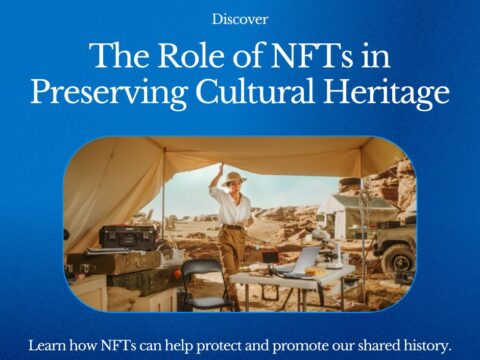The intersection of Non-Fungible Tokens (NFTs) and digital art has revolutionized the art world, reshaping traditional concepts of ownership, provenance, and artistic expression. In this comprehensive analysis, we delve into the dynamic relationship between NFTs and digital art, exploring the transformative impact of blockchain technology on the creation, distribution, and consumption of digital artworks in the contemporary art landscape.
Redesigning Digital Ownership: NFTs and the Democratization of Art Access
The introduction of NFTs has redefined digital ownership in the realm of digital art, allowing artists to tokenize and authenticate their works through blockchain technology. NFTs have facilitated direct artist-to-collector transactions, eliminating intermediaries and enabling a more direct and transparent relationship between creators and their audience, thus democratizing access to art and empowering artists to retain greater control over their creative outputs.
Establishing Digital Provenance: NFTs and the Assurance of Authenticity in the Digital Art Market
NFTs play a pivotal role in establishing digital provenance, offering a verifiable and immutable record of an artwork’s origin, ownership history, and creation details. Through the integration of blockchain-based certificates of authenticity, NFTs provide collectors with the assurance of acquiring genuine and original digital artworks, thus addressing concerns related to counterfeit digital art and fostering trust and credibility within the digital art market.
Catalyzing Artistic Innovation: NFTs and the Exploration of Interactive and Dynamic Art Forms
The integration of NFTs has catalyzed a wave of artistic innovation, encouraging artists to explore interactive, dynamic, and programmable art forms that redefine the boundaries of traditional static artworks. From generative art and interactive multimedia installations to programmable digital experiences, the versatility of NFTs has enabled artists to experiment with new mediums, technologies, and creative expressions, pushing the boundaries of what constitutes digital art in the contemporary era.
NFT Marketplaces and the Evolution of Digital Art Collections: Trends and Investment Patterns
The proliferation of NFT marketplaces has facilitated the growth of digital art collections, fostering vibrant ecosystems for artists, collectors, and art enthusiasts to engage in the acquisition and exchange of digital artworks. The emergence of trends and investment patterns within the NFT art market reflects the evolving preferences of collectors, the impact of social and cultural narratives, and the dynamic relationship between art, technology, and digital economies, thus shaping the trajectory of the digital art landscape.
The Future of NFTs and Digital Art: Innovations and Collaborative Artistic Communities
Looking ahead, the future of NFTs and digital art holds promising opportunities for continued innovation, collaboration, and the exploration of new artistic frontiers. The development of collaborative artistic communities, sustainable art practices, and the integration of immersive technologies are pivotal for nurturing a vibrant and inclusive digital art ecosystem that celebrates creativity, diversity, and technological advancement in the global art landscape.




